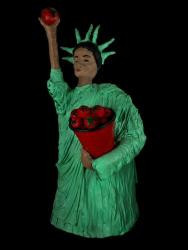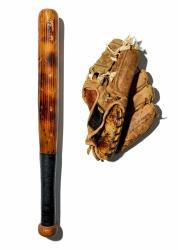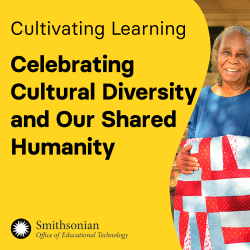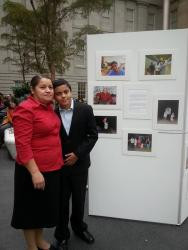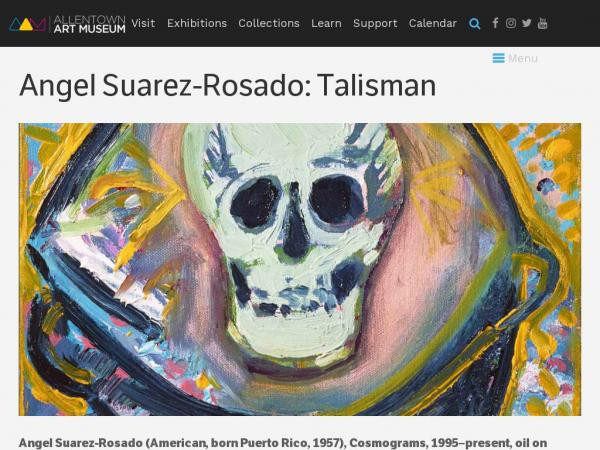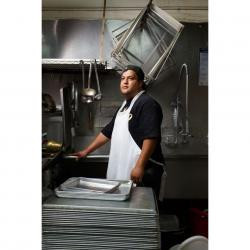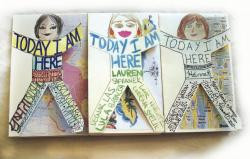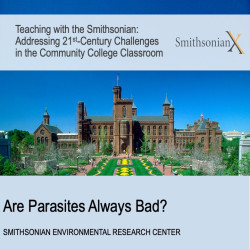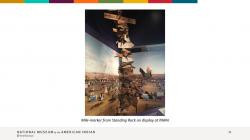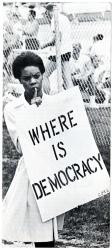Philippa Rappoport
I work in education and engagement, teacher professional development, and outreach at the Smithsonian Office of Educational Technology (OET), and have a particular interest in developing and producing trainings, programs, teaching techniques, and platforms that foster deep learning and contribute knowledge to improve practices in museum and preK-16 education and engagement. At OET over the last decade+, I created digital assets for schools, families, and new immigrant English Language learners to complement teacher professional development and pan-Smithsonian programming, including Learning Lab teaching collections, YouTube videos with tradition bearers, a handmade family stories book-making website, and online heritage tours.
Philippa Rappoport's collections
Culture and Aesthetics Meet Physics: Why Soviet and American Spacesuits Look Different
 Philippa Rappoport
Philippa Rappoport
Cuban Balseros: Using Art and Artifact to Explore an American Immigration Story
 Philippa Rappoport
Philippa Rappoport
Crucial Conversations in American History: "Many Voices, One Nation" and "Becoming US"
 Philippa Rappoport
Philippa Rappoport
Classroom Activity with "¡Pleibol!”: Close Looking to Explore One Family’s Story of Latino Baseball
 Philippa Rappoport
Philippa Rappoport
Classroom Activity Using Images of Immigration and Identity from the National Portrait Gallery, the New York Times, and the Smithsonian American Art Museum
 Philippa Rappoport
Philippa Rappoport
Central American Traditions Festival: Demonstrations, Interviews, and How-To Videos
 Philippa Rappoport
Philippa Rappoport
"Becoming Dolores": A School/Museum Program to Engage Families through Art and Technology
 Philippa Rappoport
Philippa Rappoport
Asian Pacific American Heritage Month Family Day: Performances, Demonstrations, Interviews
 Philippa Rappoport
Philippa Rappoport
Asian Pacific American Arts and Crafts: Festival Highlights
 Philippa Rappoport
Philippa Rappoport
Are Parasites Always Bad? (Smithsonian Environmental Research Center)
 Philippa Rappoport
Philippa Rappoport
Analyzing Primary Sources to Teach the Japanese American WWII Experience | Cultivating Learning
 Philippa Rappoport
Philippa Rappoport
American Indian Responses to Environmental Challenges
 Philippa Rappoport
Philippa Rappoport

